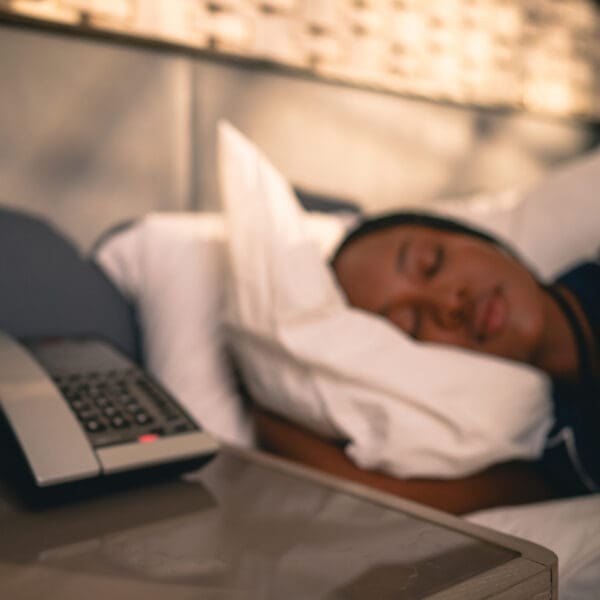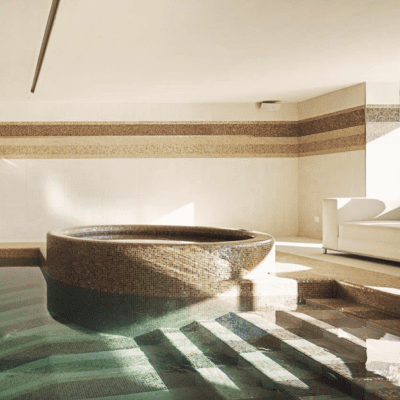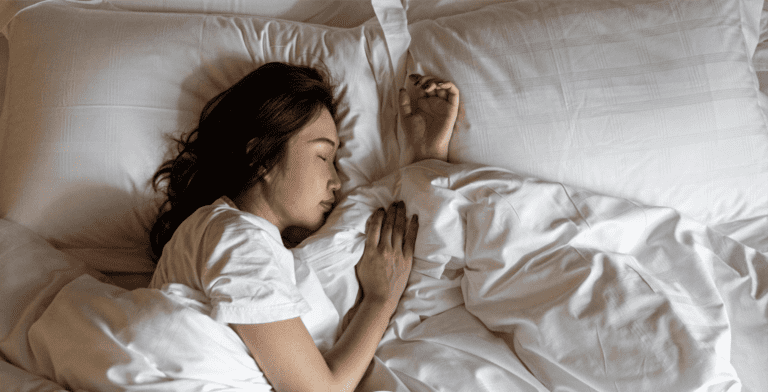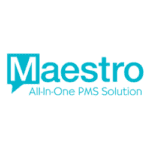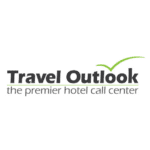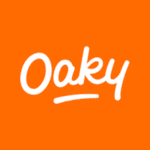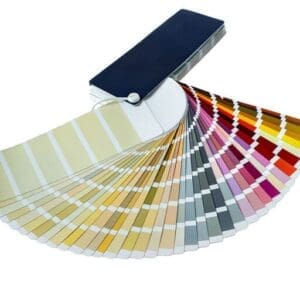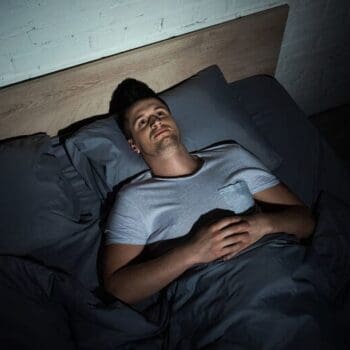 Do you currently suffer from insomnia or have previously gone through a period of restless nights? Our hope in writing this is firstly to educate on what causes insomnia so that you can avoid the strain this ailment may cause and secondly to show a possible direction that hotel owners or executives can take to help insomnia sufferers as part of an advanced sleep program.
Do you currently suffer from insomnia or have previously gone through a period of restless nights? Our hope in writing this is firstly to educate on what causes insomnia so that you can avoid the strain this ailment may cause and secondly to show a possible direction that hotel owners or executives can take to help insomnia sufferers as part of an advanced sleep program.
On the heels of scientific breakthroughs over the past decade to deduce how sleep works and why it’s so important for one’s health – with a seminal book on the matter in “Why We Sleep” (2017) by Dr. Matthew Walker that is definitely worth the read – hotels around the world have commendably unveiled or upgraded their sleep programs as a key brand differentiator. Especially in urban markets catering to weary-eyed business guests, ‘sleep friendly hotels’ may soon become its own lifestyle niche.
Following a renovation, guestrooms now include a blend of the various sleep hygiene SOPs such as blackout drapes, circadian lighting, air purifiers, quieter HVACs, sleep-promoting teas, specific minibar products that aid in promoting sleep, sleep-oriented bathroom amenities, eye masks, noise-dampening building materials, pillow selections, smart temperature controls, moisture-controlled mattresses, breathable linens, vitamin-infused showers, on-demand meditation, nighttime stretching instructions, mindfulness apps, night-the use of organic cleaning solvents, all-in-one tablet room controls that integrate all the various sleep tech enhancements or access to onsite sleep specialists.
These sleep programs are both a defensive move to maximize the chances of a good night’s rest – which in turn boosts guest satisfaction and loyalty – as well as a proactive one to deepen a brand’s association with wellness as a means to distinguish the product from competitors or to justify a higher nightly rate by ‘guaranteeing’ better sleep.
Insomnia isn’t bad sleep hygiene
A heavy disclaimer at this point: we are not trained medical professionals nor do we have any accreditations related to sleep science. Rather, we are both utterly fascinated with how the mind works, while disparate bouts of insomnia in the past have led our curiosity to intensively research this emerging field. Moreover, understanding some of the mechanisms of insomnia will help you redesign the hotel experience to better help your guests.
While upgrades like the abovementioned ones that promote good sleep hygiene are important for elongating the deep sleep a guest experiences – that is, the part of total time asleep when the body is most active in self-repair and immune system restoration – and boosting sleep efficiency by helping reduce the frequency of brief bouts of nocturnal wakefulness, bad sleep hygiene is not necessarily a core driver of insomnia, whether the effect is difficulty getting to sleep or difficulty staying sleep.
Instead, and irritatingly for those looking for a quick solution to their woes, insomnia is multifaceted condition with numerous instigating causes and perpetuating factors that only the one-on-one work with a psychologist specializing in sleep disorders and chronotype mapping could properly diagnose. In fact, the only regimen that is clinically shown to actually work in correcting insomnia conditions is CBT-I (cognitive behavioral therapy for insomnia). All other practices or products can help but seldom tackle the core drivers.
What we know is that insomnia is a mental disconnect from the natural rhythm of the day that involves feelings of worry, anxiety, rumination or depression that the brain comes to associate with the act of sleeping, then combined with other considerations that may deprive a person of a proper night’s rest. The ambiguity of direct cause and effect here may be better understood through examples.
- The initial grief of losing a close relative or a major illness in the family may initiate a series of sleepless nights, while bad sleep hygiene practices and early evening caffeine intake would then prolong this temporary period of stress so much so that the brain’s circuitry shifts to no longer favor falling fast asleep upon hitting the mattress, instead identifying the nighttime hours as ones for mental acuity and processing anguish.
- The near-perpetual stress over one’s job security can act as the insomnia spark, while any amount of evening consumption of alcohol to calm the nerves in that moment can both reduce the quality of sleep (alcohol is a sedative, after all) and induce a minor form of obstructive sleep apnea by weakening the muscles of the tongue, altogether prolonging interruptive sleep to the point where the brain rewires itself to believe this disruptive pattern as the norm.
- Many of us during the work-from-house glut of the pandemic used our beds for sleep, watching television, reading, answering emails, scrolling through the void of social media, attending videoconferencing calls and perhaps even working out. Over time, our brains then came to associate the bed with more than just its two primary purposes (sleep as well as the other ‘S’), especially if someone is engaging in high-stress or cognitively straining aspects of their job responsibilities from bed. It’s no wonder we presently have so many people in the post-pandemic era complaining about difficulties getting to sleep and, indeed, it’s hardly a coincidence that we’re witnessing a surge in demand for enhanced guestroom sleep programs.
While the two of us are perpetual fans of all the various upgrades hotels are enacting to proper the most sleep-hygienic guestroom stay imaginable, it’s critical to understand that this alone will not reverse insomnia. It will, though, provide ‘peace of mind’ which will help, and indeed many people sleep better away from their home beds specifically because the mental connection between the stressful home life and trying to drift to sleep is severed by geographic transplantation.
To that end, any and every sleep hygiene upgrade should be on the table, and they should be advertised front and center so that guests can anticipate a calm, quiet night:
- Smart mattresses and bed systems that can control the microclimate
- Breathable, soft, hypoallergenic linens and blankets
- Dedicated pillow concierge for guests to try different firmness levels
- Blackout curtains, often with IoT room controls
- Sound dampening and light-absorbent furnishings and wall materials
- Thermostats that can minimize HVAC noise while lowering temperature to the ideal range
- Circadian lighting that is intuitively accessible from the nightstand
- Bespoke sleep amenities like herbal teas, facial creams, pillow sprays and sleep masks
- Upgrades to the minibar to include sleep-friendly snacks and calmative beverages
Don’t worry be sleepy
While a select few hotel brands have actually hired dedicated specialists to act as onsite sleep coaches who can properly assess sleep disorders then proscribe CBT-I or other mindfulness methods, this is impractical for most properties given the labor requirements. Instead, brands should focus on providing ‘peace of mind’ by implementing various sleep hygiene practices into their brand standards, and then marketing them appropriately by telling guests not to worry or be anxious about getting a good night’s sleep because the hotel has their back.
As we know that insomnia is largely associated with brain overexcitement or an inability to process lingering thoughts during one’s normal waking hours, then we can use this theory to redesign or upgrade a hotel’s sleep program with specific features and messaging for insomnia sufferers. Here are a few ideas where it’s hardly a one-size-fits-all approach but more about what fits your brand, your target customers and your budget.
- Great lounge chairs. Without one’s home office setup, the temptation to answer emails from bed is far more pronounced, but this can be a death knell for poor sleep while traveling due to the mental association of the bed with work. To decouple this pathway, hotels should promote their comfortable divans or lounge chairs that perfectly serve the transitionary state between wakefulness and sleep. Another aspect of this improved lounge chair would also be a small side table for resting a laptop or notebook as well as an amber-hued portable nightlight (where too often these are now built as bed attachments to thereby prompt working from bed).
- No visible alarm clocks. Waking up in the middle of the night is more common than you are conscious of. But the sight of a clock can cause you to worry about getting enough to be refreshed for that morning’s events to the point where you have a cortisol release that inhibits you from falling back asleep – a bit of a self-fulfilling fallacy. The solution here is to install alarm clocks or tablets that have a night mode where the screen is dark and the time is only revealed when the guest touches the screen or a button.
- Ergonomic working areas. Many hotels claim to have office desks in the room but these are often so dated and uncomfortable that they all but drive guests to work from the bed. Correcting this may require a guestroom PIP, or better access to a revitalized business center, living room or club area where guests can focus on working efficiently with access to other amenities like snacks, beverages, printers and auxiliary computer monitors.
- Angling the television. If the TV is bolted to the wall facing the bed then where do you think you are nudging guests to watch TV from? While watching TV from bed is a more passively engaging activity versus writing work emails or texting on the phone, it’s nevertheless a trigger for people with sleep issues. Fixing this one is hard in that it may require articulating mounts or repositioning the sofa, but something to consider.
- Stimulating environments. While blue light from screens has been rightfully demonized of late for their ability to disrupt the circadian rhythm, what’s even more important to attenuating this cycle with the 24-hour day is direct assess to morning sunlight. While modifying a property’s exterior is probably not in the cards, educating on the importance of daytime sunlight exposure and directing guests to quiet places where they can get their daily fix without leaving the environs would be greatly appreciated by future travelers.
- Alleviating afternoon tiredness. While I’m sure the barista at your favorite café may disagree, due to caffeine’s average half-life within the body of 12 hours, late afternoon or evening coffee consumption should be strongly avoided in order to maximize sleep quality. Instead, hotels should elsewhere for ways they can help address that midafternoon bout of tiredness we all experience, with options ranging from access to an outdoors setting or a quick walking route to healthy snacks, a greater selection of decaf coffee options and nootropic herbal teas.
- Of course, poor sleep is associated with bad nutrition. In vogue right now are the various magnesium supplements as well as the classic milk of magnesium, whereby a deficiency in this specific mineral has been widely researched with regard to sleep quality. While sleep is far more than just this particular substance, what’s implied here is that hotels looking for a cheap addition to augment their sleep programs might investigate some of those electrolyte pack providers or other sleep-friendly beverage vendors.
- Through pure ‘sleep inertia’, if you exhaust your body during the day by using more calories, it’s going to be significantly harder not to feel sleepy come nightfall. Yet, when we’re traveling we often do not prioritize exercise or feel as though we have access to the right facilities to keep up with our at-home levels of exertion. Hence, hotels looking to boost their sleep programs would be wise to simultaneously look at their in-home exercise programming as well as the ease of access to the fitness center.
- There’s an app for that. Whether it’s an app that offers guided mindfulness, meditation or light stretching programs for some evening relaxation, or one focused explicitly on CBT-I or NSDR (non-sleep deep rest) for helping someone process racing thoughts and relieve any anxieties over getting proper sleep, there are software solutions that can be applied to insomnia. While we haven’t yet encountered one specifically for obstructive sleep apnea or other interruptive sleep conditions, a hotel could create some on-demand oropharyngeal (that is, tongue muscle) exercises or sketch them onto a piece of cardstock as part of the downturn service.
- One-click sleep mode. While on the topic of integrated tech, modern guest-facing tablet providers can now help hotels set up preset room modes, acting as universal remotes for all the various technologies in place. As it concerns insomnia sufferers, the most critical here would be the goodnight button that simultaneously lowers the curtains, turns the temperature down, silences any noises and dims the lights. Another would be an intermediate evening mode that sets the lights to a low-intensity amber hue that prepares the mind for sleep.
There’s obviously a lot more that hotels can do to help guests naturally drift off to sleep to then wake up feeling both refreshed and fully satisfied with their choice of hotels. But alas, insomnia can take months to propagate and months to course correct, so the best hotels can do is act as centers of inspiration so that guests want to keep coming back.
The key here is crafting your messaging around peace of mind. Insomnia or not, guests are willing to pay extra for some form of guarantee that they will get a good night’s sleep. This is a huge opportunity for hotels to boost rate and carve out new product categories. So, do what you can and your customers will inevitably reward you as well as spread the good word about how great a rest they got.
This article may not be reproduced without the expressed permission of the author.



